Consider a capacitor,
$$ C= \frac{Q}{V}$$
To derive the energy of this device,
$$ U = \int V \cdot dq$$
$$ U = \int \frac{Q}{C} \cdot dq$$ (from original capacitor equation)
$$ U = \frac{Q^2}{2C}$$
Plugging back in, $$ C = \frac{Q}{V}$$
$$ U = \frac{ QV}{2}$$
Now if a 'q' charge is pushed out the battery, then it must do work $$qV ,$$ so I was thinking this same energy would be given to the capacitor but only half is. Where did rest of the half go?
And, my next question is why is the potential not constant across capacitor? That is why can't we factor out the 'V' from the integral? Because according to the Kirchhoff's voltage law, the sum of voltage drops across a closed loop should be 0. Below I have attached a picture of a circuit with capacitor and battery, for it shouldn't the energy be
$$ V_{\text{capacitor}} + V_{\text{battery}}=0$$
$$ V_{\text{capacitor}} = - V_{\text{battery}}$$
usually we say that the potential of battery is constant, if the potential of battery is constant wouldn't this imply potential of capacitor is constant?
Ok, so suppose the actual voltage is changing in the capacitor as increase the charge on it, then what happens we reach the maximum charge on it and still have it plugged into the battery? Would the capacitor become defective?
A lot of people gave an answer that there is an aspect of inductance in this idealized circuit and also the release of electromagnetic radiation. I am now looking for a mathematical description of the inductance aspect of this radiation and also a proof of energy lost to radiation being .5 CV by application of Maxwell law's. I mean if it is indeed true then we must be able to bring out by Maxwell law's, right?
References:
Same problem is said here Why do I get the wrong answer when determining the charge in a capacitor using definition of voltage? but no explanation as to where exactly the half is coming from.
What exactly is wrong in this derivation for KVL ( The Feynman Lectures on Physics, Volume II, Chapter 22: AC Circuits)
$$ \nabla \times E = \frac{ -\partial B}{\partial t} = 0$$ (Maxwell Faraday equation)
Integrating over any loop in the region,
$$ \sum V_i = \int E \cdot dl = \int_{\partial S} \nabla \times E \cdot dS=0$$
i.e:
$$ \sum V_i = 0 $$
Which step is causing problems to have the seeming violation of KVL for the problem stated?


